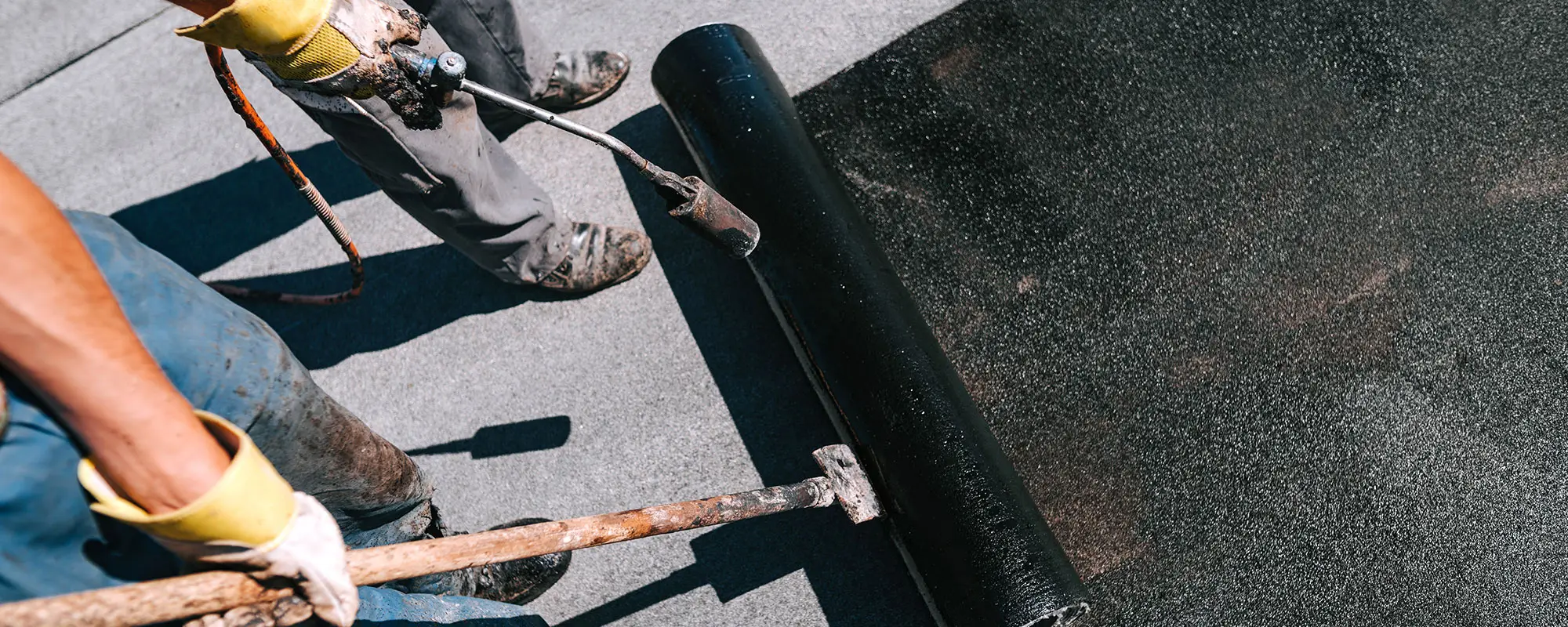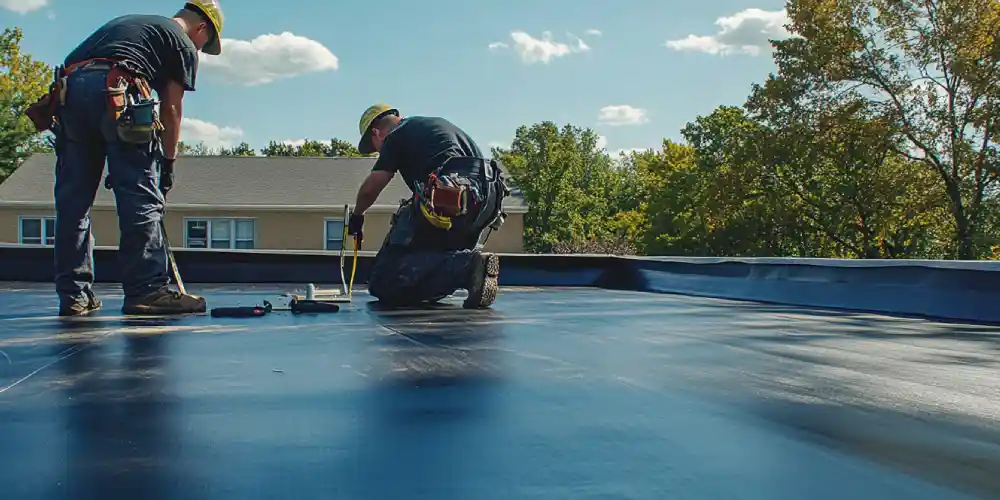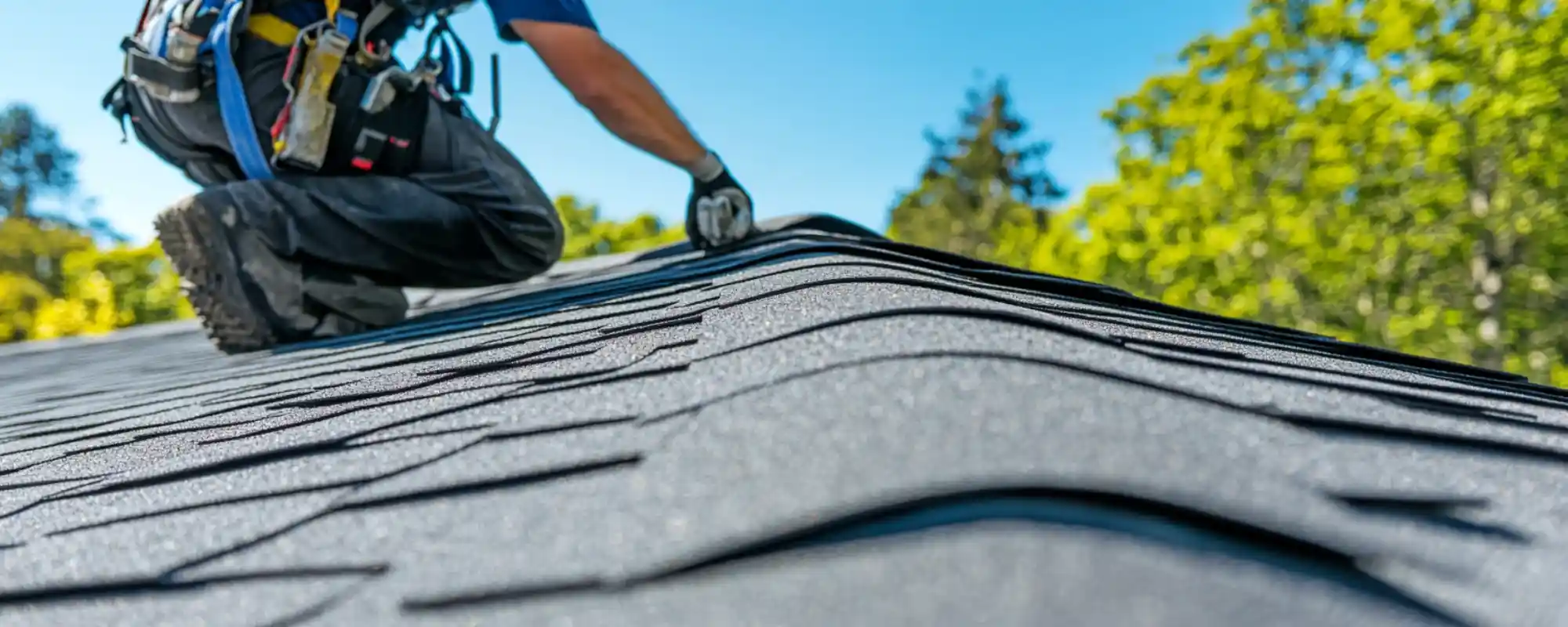Commercial Reroof vs Recover: Which Option is Best for Your Business?
•
Written By
Mint Roofing

As a business owner, protecting your commercial property is a top priority. When it comes to your roof, you may face the decision of whether to reroof or recover. Both options have their advantages and drawbacks, and the choice you make can significantly impact your business's operations, budget, and long-term investment. In this article, we'll explore the key differences between a commercial reroof and recover, helping you make an informed decision that aligns with your business goals.
Understanding Commercial Reroof
A commercial reroof involves removing the existing roofing system down to the deck and installing a brand-new roof. This process is more labor-intensive and typically more expensive than a recover, but it offers several benefits:
- Comprehensive Inspection: With the old roof removed, a thorough inspection of the deck and structural components can be performed, allowing for the identification and repair of any underlying issues.
- Fresh Start: A new roof provides a clean slate, eliminating any potential problems or limitations associated with the previous roofing system.
- Improved Energy Efficiency: Modern roofing materials and techniques can enhance your building's energy efficiency, potentially reducing utility costs and your carbon footprint.
- Longer Lifespan: A properly installed new roof can last 20 years or more, providing long-term protection for your commercial property.
The Case for Commercial Recover
A commercial recover, also known as a roof overlay, involves installing a new roofing system over the existing one. This option is generally faster and less expensive than a full reroof, but it also has its limitations:
- Limited Inspection: With the old roof remaining in place, a comprehensive inspection of the deck and structural components is not possible, potentially leaving underlying issues unaddressed.
- Added Weight: The additional layer of roofing material can increase the overall weight on the building's structure, potentially causing long-term stress or requiring structural reinforcements.
- Shorter Lifespan: A recovered roof typically has a shorter lifespan than a new roof, as the existing materials may already be compromised or nearing the end of their useful life.
- Code Compliance: Depending on local building codes and regulations, a recover may not be permitted or may have specific requirements to meet.
Factors to Consider
When deciding between a commercial reroof and recover, it's essential to consider the following factors:
- Age and Condition of the Existing Roof: If your current roof is nearing the end of its lifespan or has significant damage, a reroof may be the better option to ensure long-term protection.
- Budget and Financing Options: While a reroof is generally more expensive upfront, it may provide long-term cost savings through increased energy efficiency and a longer lifespan. Financing options can help make either option more accessible.
- Building Codes and Regulations: Local building codes and regulations may dictate which option is permissible or preferred for your commercial property.
- Future Plans: If you plan to sell or renovate the property in the near future, a reroof may be a more attractive investment for potential buyers or tenants.
At Mint Roofing, our experienced professionals can assess your commercial property's unique needs and provide expert guidance on the best roofing solution. We prioritize transparency, quality, and integrity in every project, ensuring that your business receives the protection it deserves while maximizing your investment.
Don't leave your commercial property's roof to chance. Contact Mint Roofing today to schedule an inspection and explore your options for a commercial reroof or recover. Protect your business with a roofing solution tailored to your specific needs and budget.
Recent Articles

Residential Roofing
The Cost of Impact Resistant Shingles in Pagosa Springs, CO: Is It Worth It?
Protecting your Pagosa Springs home from hail and high winds doesn't have to break the bank. Explore the true cost of impact-resistant shingles and whether they're worth the investment.

Commercial Roofing
The Best Time of Year to Replace a Commercial Roof: Factors to Consider
Replacing a commercial roof is a major investment, and timing is crucial. Explore the best time of year to replace your commercial roof and the key factors to consider.

Residential Roofing
The Best Roofing for Hail in Colorado: Protecting Your Investment
Hail can wreak havoc on Colorado roofs. Discover the best roofing solutions to safeguard your home and investment from the region's unpredictable weather. Our experts provide the insights you need.

Roofing Contractors
Class 3 vs Class 4 Shingles in Colorado: Understanding Impact Resistance
Homeowners in Colorado know that impact-resistant roofing is crucial. Explore the key differences between Class 3 and Class 4 shingles to find the best protection for your home.



